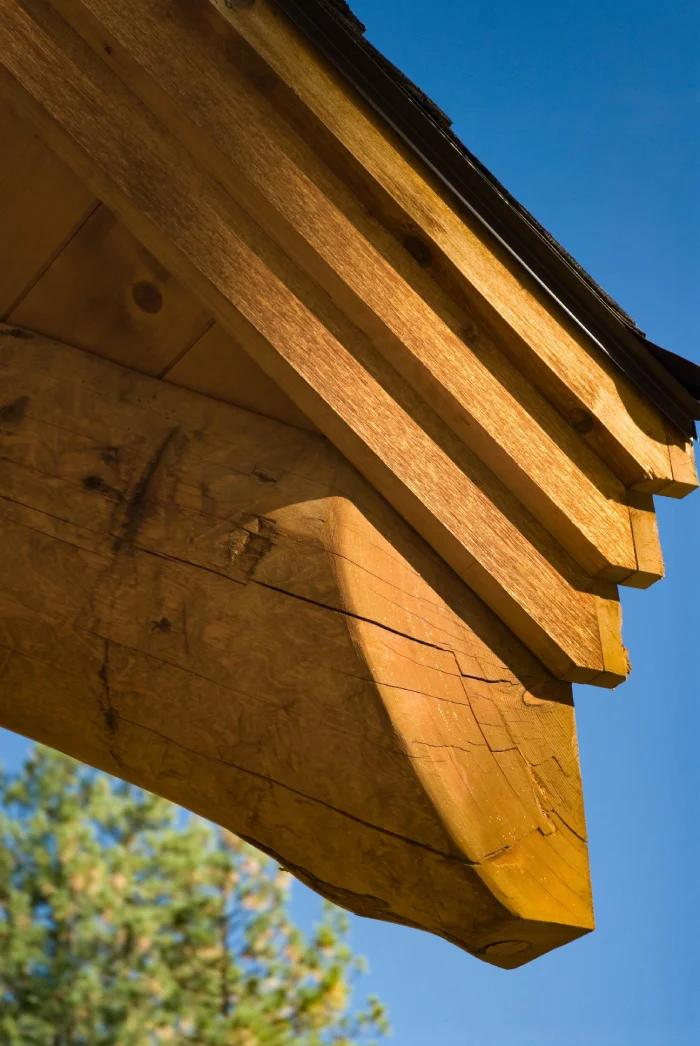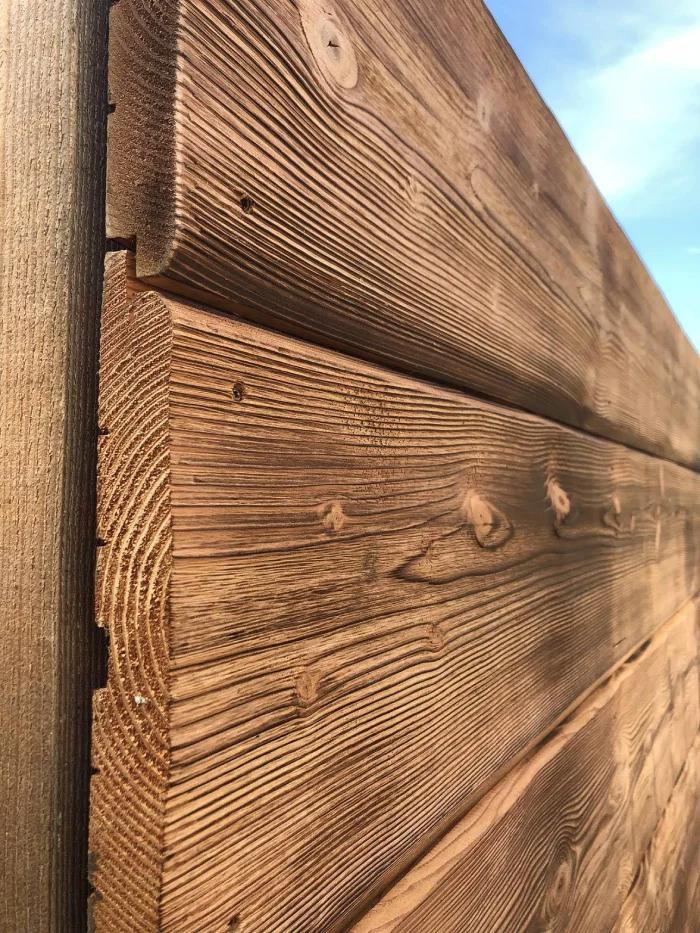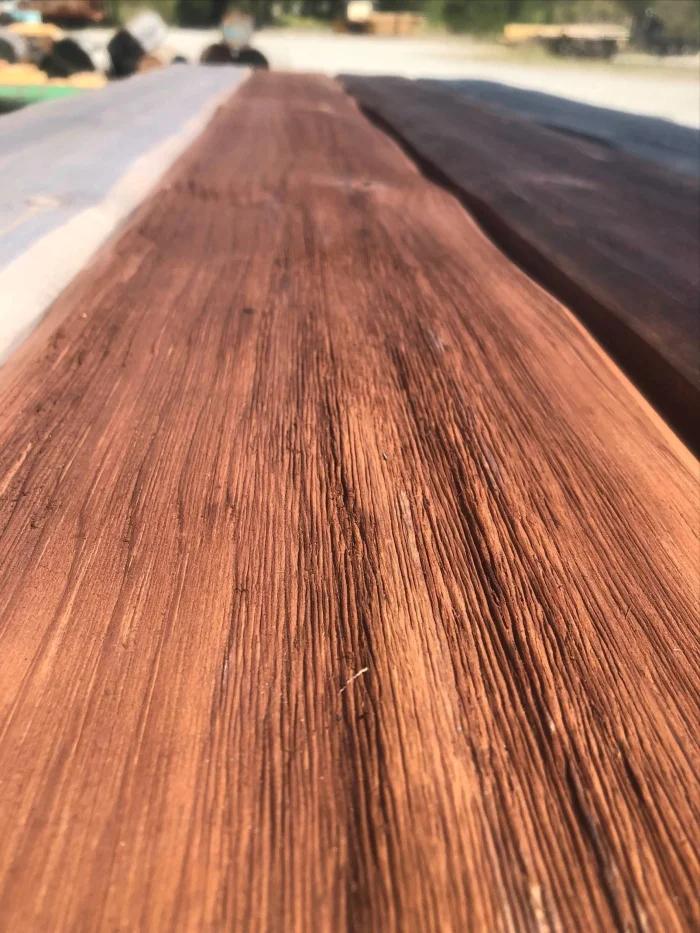What exactly is reclaimed wood? It's lumber salvaged from historic structures like barns and factories, giving a second life to the material. This captivating texture and aesthetic uniquely blends beauty, sustainability, and a rich past.
Imagine incorporating warmth and character into your decor with wood that whispers stories. Reclaimed wood boasts superior strength and durability due to its slow growth compared to old-growth timber. But it's not just about aesthetics – using reclaimed wood reduces deforestation and environmental impact.
This comprehensive guide explores the magic of reclaimed wood. Discover its unique charm, eco-friendly benefits, and endless applications for flooring, furniture, and more. We'll also delve into considerations like installation and safety to ensure you make informed choices.
Unlock the potential of reclaimed wood, add a touch of history and timeless style to your space, and contribute to a greener future.

Key Distinctions From Other Wood Types
Reclaimed wood differs significantly from other wood types like shiplap and faux reclaimed wood. While shiplap refers to a specific milling process, reclaimed wood emphasizes authentic historical use and character. Unlike engineered wood that mimics aged wood, reclaimed wood originates from real structures, offering unparalleled authenticity. Reclaimed barn wood, a subset, shares all reclaimed wood's attributes but specifically comes from agricultural buildings. In contrast, newly harvested timber lacks reclaimed wood's historical and sustainability features. This makes reclaimed wood preferred for applications requiring aesthetics and ecological responsibility, such as prebuilt log-wall panels and panelized full log shear walls.
Environmental and Aesthetic Benefits
Reclaimed wood offers numerous benefits, both environmental and aesthetic. It’s an ideal choice for creating unique, sustainable spaces while preserving a piece of history.
Sustainable Practices and Eco-Friendliness
Reclaimed wood helps reduce deforestation. Repurposing existing wood instead of harvesting new timber helps minimize waste and lower carbon emissions associated with logging and processing. Using reclaimed wood contributes to sustainable practices, supporting the preservation of old-growth forests and reducing the environmental impact of new construction.
Unique Characteristics and Visual Appeal
Each piece of reclaimed wood tells a story. Marks from its previous life, including knots, nail holes, and natural imperfections, give it unparalleled character and charm. These unique features distinguish reclaimed wood from newly manufactured options, providing a distinct aesthetic that's both rustic and refined. Prebuilt log-wall panels or thermally efficient roof construction using reclaimed wood can transform spaces, offering a visual appeal enhanced by sustainability.
Common Uses of Reclaimed Wood
Reclaimed wood sees extensive applications across various sectors due to its unique properties and sustainability.
In-Home Decor and Construction
Reclaimed wood serves multiple purposes in residential and commercial environments. Flooring provides a distinctive aesthetic that can't be replicated with new lumber. It can be used "as is" or cut to specific lengths. Exterior wall siding with reclaimed wood offers buildings a unique, timeless appearance. Indoors, wall paneling with reclaimed wood creates stunning accent walls, contrasting beautifully with neutral tones. Reclaimed wood is also used in wooden stair treads, producing elegant, durable staircases.
Other applications include framing smaller pieces and accents around recessed bookcases or shelves, delivering both function and charm. General contractors and builders often use reclaimed wood for its structural integrity and visual flair.
In Art and Furniture Making
Reclaimed wood shines in the realm of furniture design and artwork. It's a favored material for constructing various furniture pieces such as end tables, coffee tables, and picture frames. The versatility of reclaimed wood makes it suitable for both modern and rustic styles, offering a heavier, more rot-resistant, and durable material compared to newer lumber. It brings a sense of history and sophistication to any decor, making it an ideal choice for high-end markets.
Artisans and furniture makers appreciate reclaimed wood for its rich character and sustainability. Its centuries-old patina and unique grain patterns make every piece one-of-a-kind. The inherent quality of old-growth wood, harvested from historic structures, adds durability and a story to the final product that can't be matched by contemporary materials.
Reclaimed wood's broad applications in home decor, construction, art, and furniture create endless possibilities for adding beauty and function to any space. By leveraging the industry's best practices, architects and builders can incorporate reclaimed wood efficiently and elegantly into their projects, catering to modern sustainability demands while honoring history.

Advantages and Challenges
Integrating reclaimed wood into projects offers many benefits but comes with certain considerations.
Durability and Maintenance
Reclaimed wood, known for its robustness, often boasts superior stability due to its seasoned nature. This wood has aged and dried over decades, reducing susceptibility to warping and shrinking. However, routine maintenance is essential to preserve its beauty and longevity. Regular cleaning, occasional refinishing, and protection from excessive moisture ensure the wood remains in top condition.
Installation Considerations
Proper installation techniques are crucial for optimal results. Builders installing reclaimed wood should consider traditional methods like gluing and nailing or explore advanced options such as prebuilt log-wall panels. Using tools like a brad nailer and construction adhesive ensures secure application. Reclaimed wood may require additional preparation, including sanding and cutting, to fit the design specifications.
Potential Limitations and How to Overcome Them
While reclaimed wood provides unique aesthetics, challenges exist. Variability in color, grain, and imperfections might not fit all designs. Careful selection and grading minimize these disparities. Sourcing can be inconsistent, so establishing reliable supplier relationships is vital. Reclaimed wood can harbor pests; thorough inspection and treatment are necessary to avoid infestations. Thermally treated wood can mitigate these risks, ensuring the material's integrity and safety.
Safety of Reclaimed Wood
Reclaimed wood is considered safe and properly treated when sourced from reputable dealers. However, its safety can depend on several factors, including its origin, previous use, and the methods to prepare it for new applications.
One of the primary concerns with reclaimed wood is the presence of hazardous substances. Older wood may have been treated with lead paint, pesticides, or creosote, particularly if it originated from industrial or agricultural settings. These substances can pose health risks if not adequately addressed. It is essential to have the wood tested for contaminants before use, especially in indoor environments where air quality is a concern. Professional treatment processes can remove or neutralize these harmful chemicals, ensuring the reclaimed wood is safe for residential or commercial use.
Another consideration is the structural integrity of the reclaimed wood. Over time, wood can be affected by rot, insect damage, or warping. Reputable reclaimed wood suppliers typically conduct thorough inspections and treatments to ensure the material is sound and free from pests or decay. This often includes kiln drying, which eliminates any remaining insects and stabilizes the wood, reducing the risk of further warping or splits.

Purchasing Reclaimed Wood
Purchasing reclaimed wood involves specific considerations to ensure quality and authenticity. Both professionals and homeowners can find value in selecting the right materials and suppliers to achieve their desired project outcomes.
Tips for Buying Quality Material
- Trusted Supplier: Choose a supplier certified by the Forest Stewardship Council (FSC) or the Sustainable Forestry Initiative (SFI). These certifications ensure that the wood comes from responsibly managed sources. Reputable suppliers often have a reclaim story detailing the wood's origin.
- Reclaim Story: Authenticate the wood’s history. Credible suppliers provide documentation or a narrative about the wood's source and its previous life. This information is crucial for buyers looking to incorporate historical significance into their projects.
- Certification: Look for FSC Recycled certification. This designation confirms that the wood has been previously used and is now repurposed, ensuring it's genuinely reclaimed.
- Physical Examination: Inspect the wood for signs of previous use, such as nail holes, weathered textures, or unique patinas. These features distinguish reclaimed wood from new materials designed to look old.
Understanding these aspects can help professionals and homeowners make informed decisions when purchasing reclaimed wood, ensuring they get high-quality and authentically sourced materials for their projects.
Conclusion
Reclaimed wood offers a blend of sustainability, historical charm, and versatility that's hard to match. Its unique aesthetic and durability make it a favorite for home decor, construction, and artistic projects. While there are challenges in sourcing and installation, careful selection and proper techniques can ensure stunning results.
If you are looking for a reclaimed look with superior strength, Big Cabin’s ShaferWood is a great alternative. Whether you are looking for siding, flooring, or wood for another area of your home, ShafterWood comes in a variety of textures and finishes to complement your personal design style.
Project Management
Lead Designer & CAD Technician
After graduating with a Master's Degree in Wood Engineering, Milan started his career by traveling abroad to apprentice with Brian Schafer, Principal of Big Cabin. As an expert in the industry for over a decade now, his passion for log and timber home construction grew deeply throughout his career and ingrained his knowledge of drafting, project management, and roofing design.